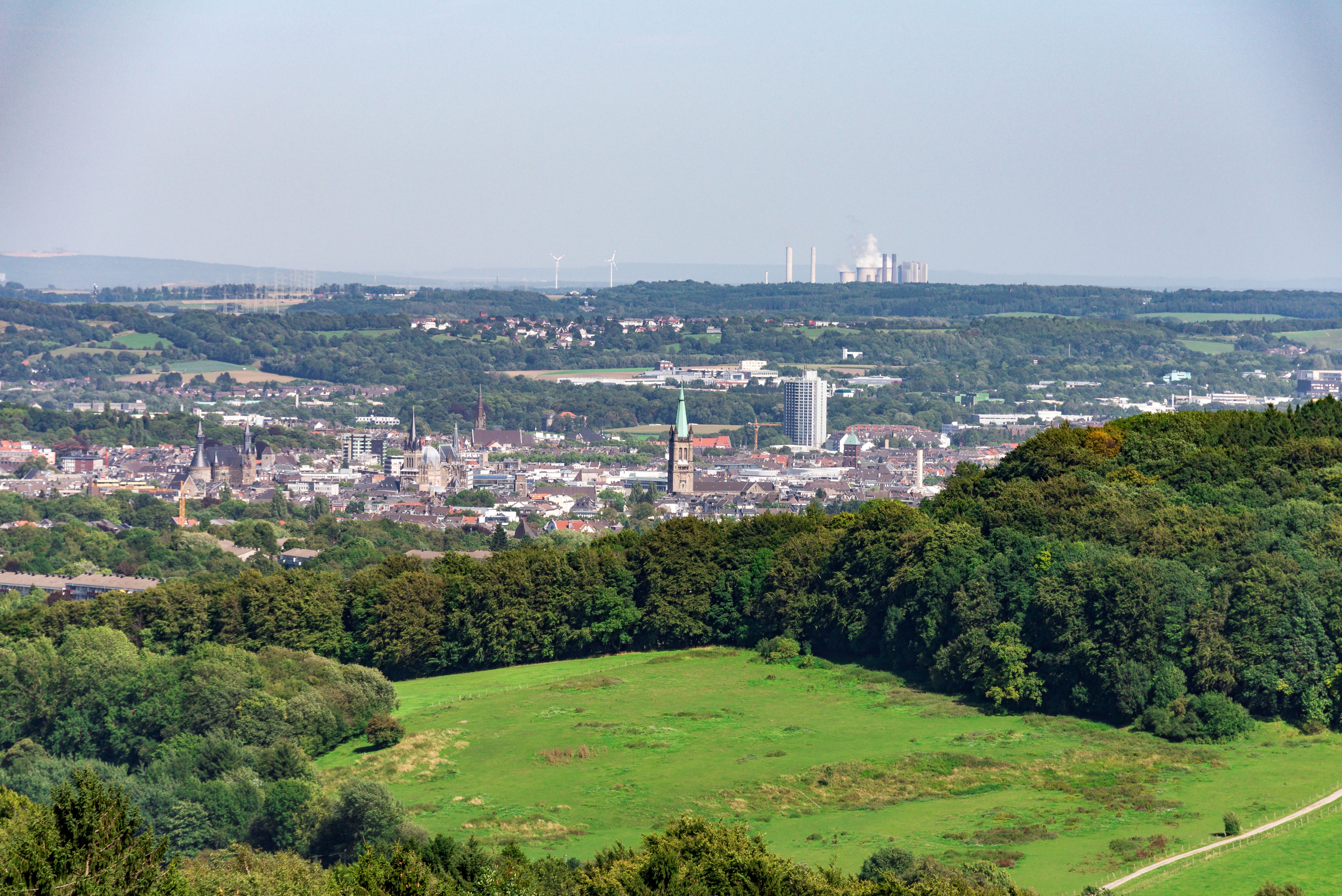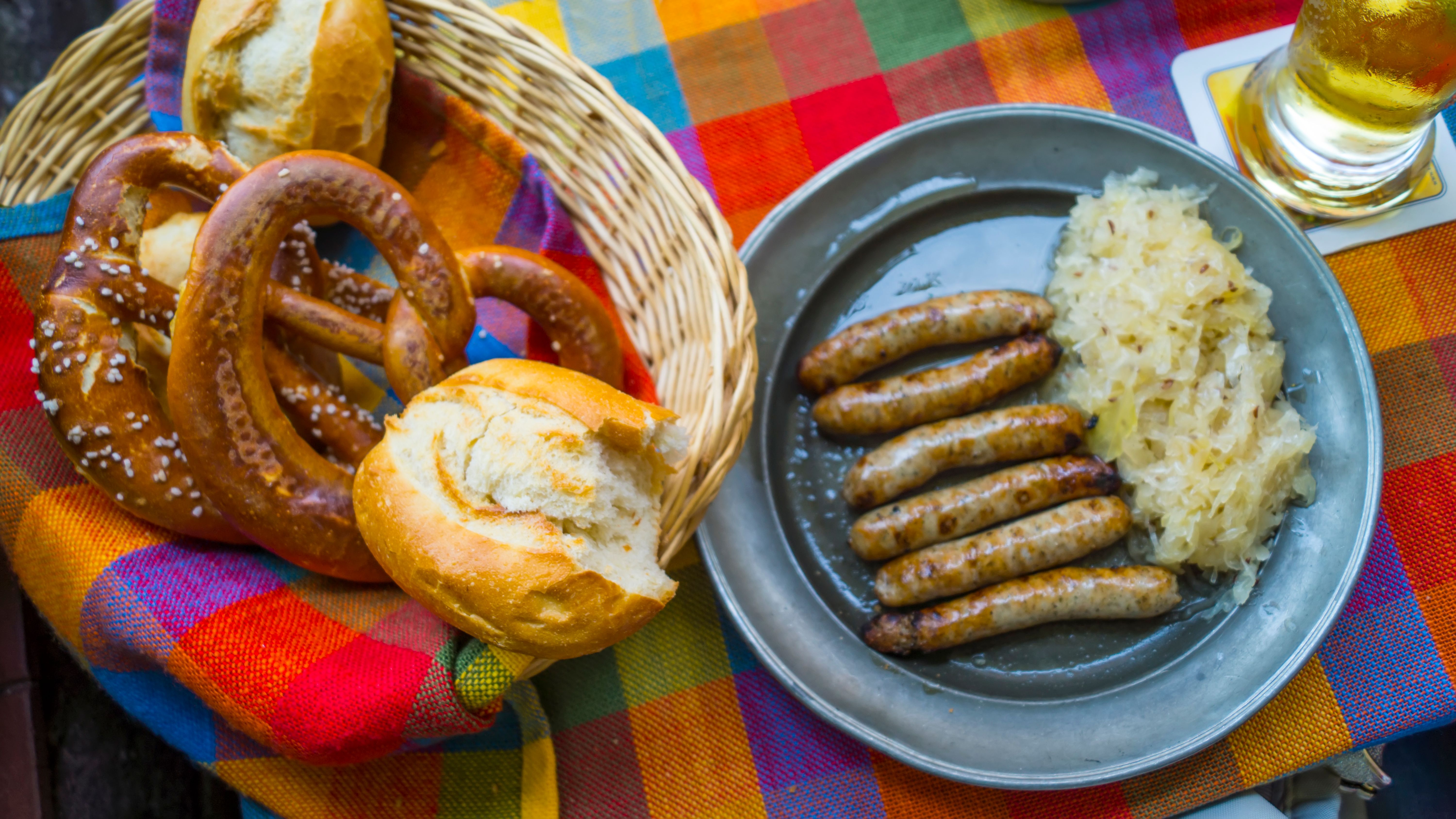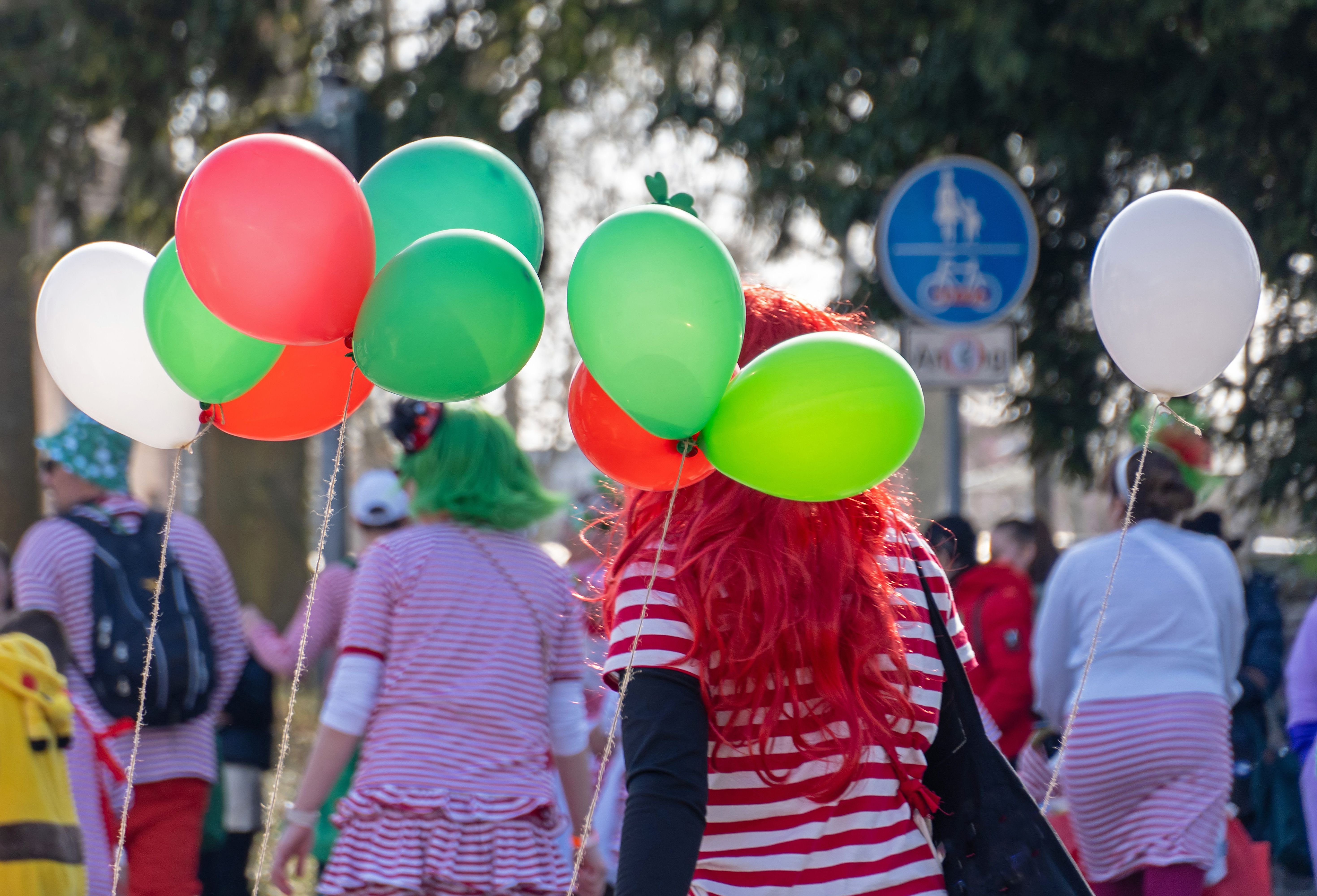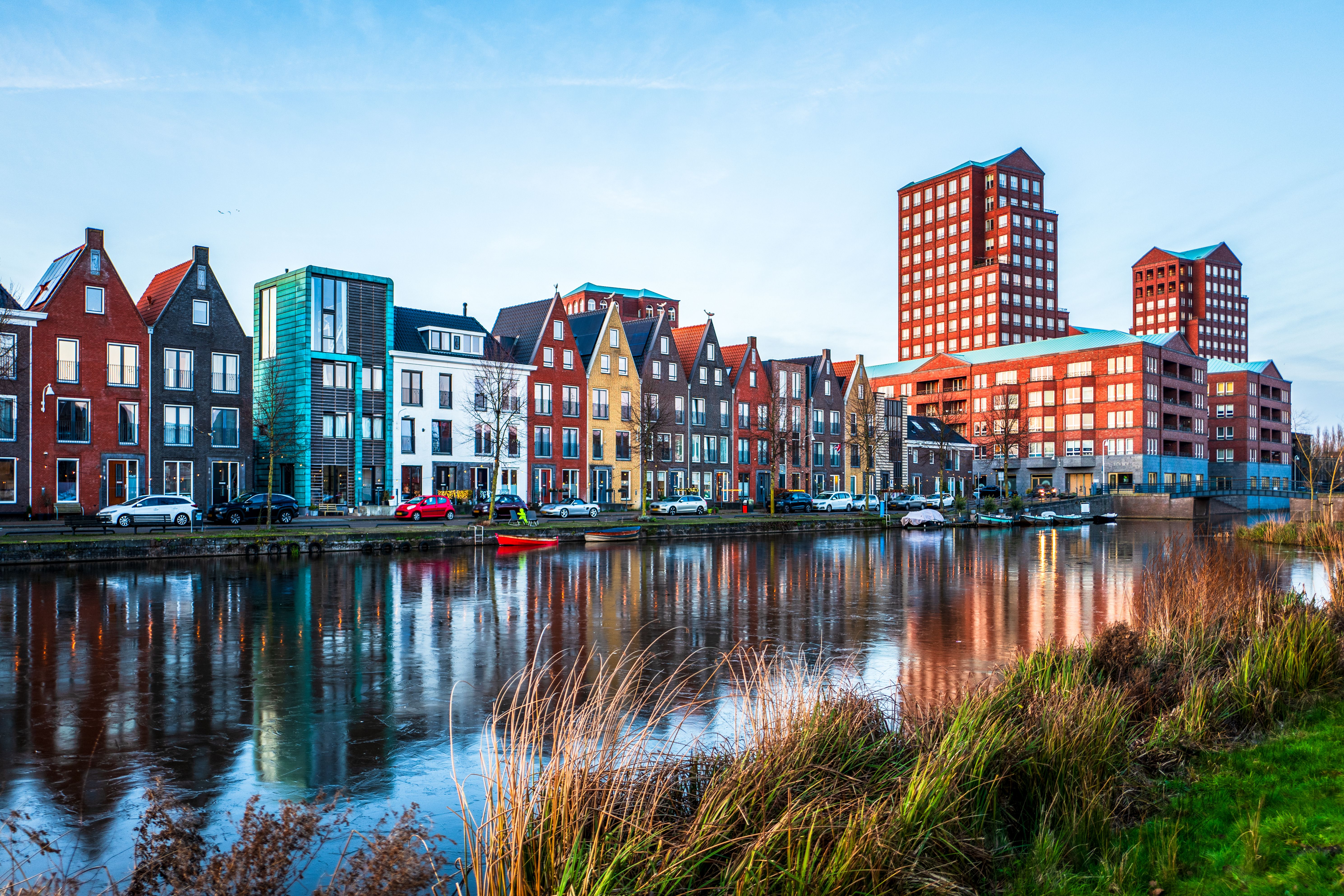NRW vs Holland: A Cultural Comparison
RR
Geographical Proximity, Diverse Cultures
Despite their geographical proximity, North Rhine-Westphalia (NRW) in Germany and Holland in the Netherlands offer distinct cultural experiences. While both regions share a common European heritage, they exhibit unique traditions, languages, and societal norms that are worth exploring.

Languages and Dialects
Language is one of the most apparent differences between NRW and Holland. In NRW, German is the official language, with several dialects spoken across the region. Meanwhile, Dutch is the primary language in Holland, with its own regional dialects. Despite these differences, many inhabitants of both regions are proficient in English, facilitating international communication.
Culinary Traditions
Cuisine offers another fascinating comparison between NRW and Holland. NRW is known for hearty dishes like sauerbraten and a variety of sausages. The region's culinary culture is heavily influenced by its industrial past, focusing on filling and energy-rich meals.

In contrast, Holland boasts a lighter cuisine that includes dishes such as herring, stroopwafels, and cheese. Dutch meals often emphasize simplicity and fresh ingredients. This culinary diversity reflects the differing historical influences and local resources available in each region.
Festivals and Celebrations
Festivals are an integral part of both NRW and Holland's cultural landscapes. NRW is famous for its vibrant Carnival season, especially in cities like Cologne and Düsseldorf. This celebration features parades, costumes, and a spirit of revelry that draws visitors from around the globe.

Holland is renowned for its King’s Day celebrations, where the entire nation turns orange to honor the royal family. The festivities include street markets, music, and a sense of national pride. These events highlight the distinct ways in which both regions celebrate their cultural heritage.
Art and Architecture
Artistic expression in NRW and Holland offers yet another point of comparison. NRW is home to numerous museums and galleries showcasing German Expressionism and contemporary art. The region’s architecture ranges from medieval castles to modern industrial designs.
Holland's art scene is equally impressive, with a rich history of painters like Rembrandt and Van Gogh. Dutch architecture is characterized by its iconic gabled houses and innovative urban planning. Both regions contribute significantly to Europe's cultural tapestry through their artistic endeavors.

Economic Influence
Economically, NRW is one of Germany's powerhouses, with a strong industrial base that includes automotive manufacturing and chemical industries. The region's economy is bolstered by its strategic location in central Europe, facilitating trade and commerce.
Holland, on the other hand, has a robust economy driven by finance, agriculture, and technology. The country is known for its open market policies and innovative approaches to business. Both regions play crucial roles in their respective national economies while maintaining distinctive economic identities.
Conclusion: Embracing Diversity
In conclusion, NRW and Holland present a captivating study in contrasts. From language to festivals, each region offers unique characteristics that enrich the cultural fabric of Europe. Whether you are drawn to the hearty cuisine of NRW or the artistic legacy of Holland, exploring these regions promises a rewarding experience filled with diversity and tradition.